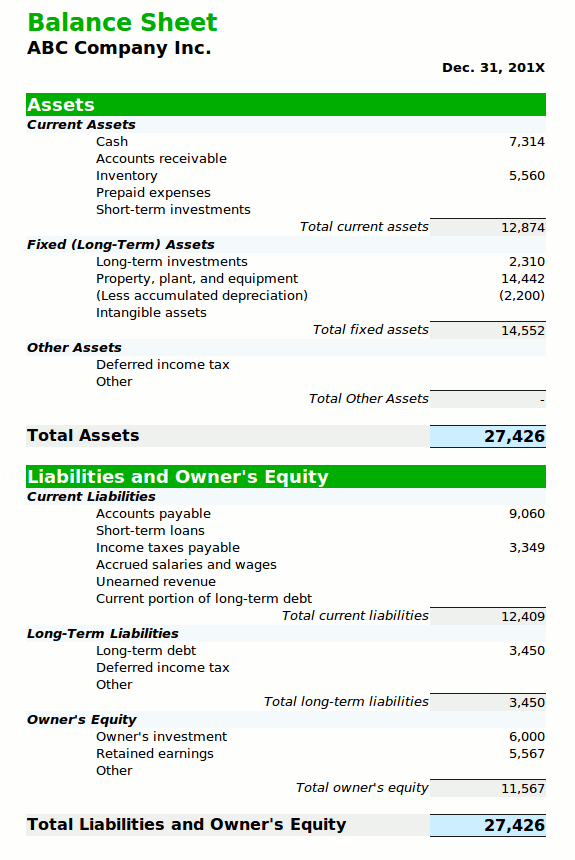Retained Earnings Defined
Retained earnings indicate the amount of capital remaining after profits or losses from net income are paid out to investors and shareholders via dividends. Retained earnings are reinvested back into the organization. When organizations create profits, these profits are not always entirely distributed to investors at the end of a reporting period. As a result, these retained earnings can essentially be viewed as a potential funding source for the organization.
No capital comes without costs, however, and the cost of this capital must be taken into account when calculating the weighted average cost of capital (WACC). Retained earnings are included in the WACC equation as equity, as dividends are a component of the return on capital to equity stakeholders, and thus will have a correspondingly weighted influence on the cost of equity.
Understanding the equation to determine the retention ratio adds some clarification for this point:
The dividend payout ratio is a useful addition to the above equation, and is written as:
The relationship between dividends and retained earnings is quite clear when it comes to recognizing the opportunity cost and thus the overall cost of this capital source.

Balance Sheet Example
Retained earnings is listed under equity, and is thus relative to the cost of equity.